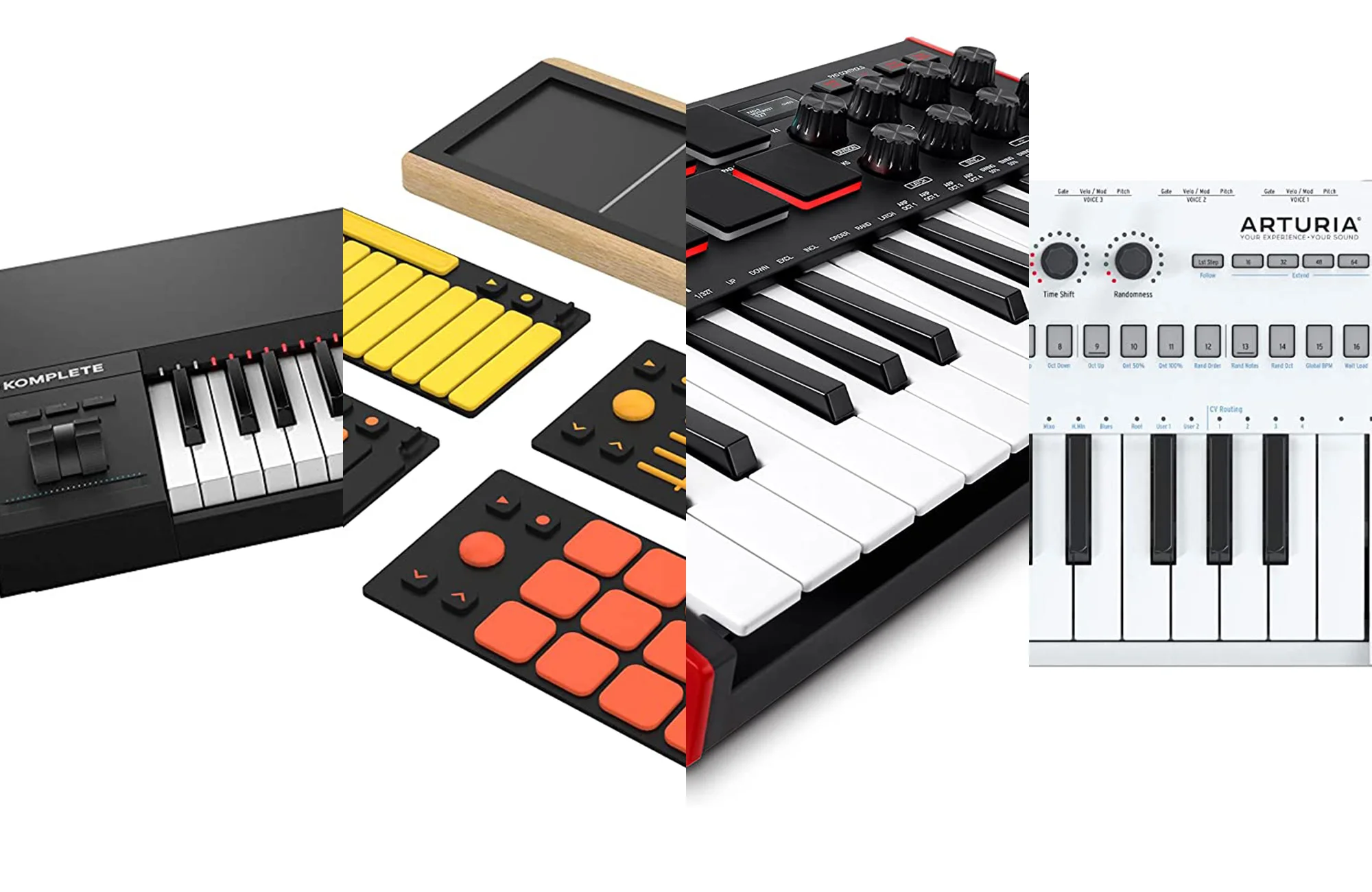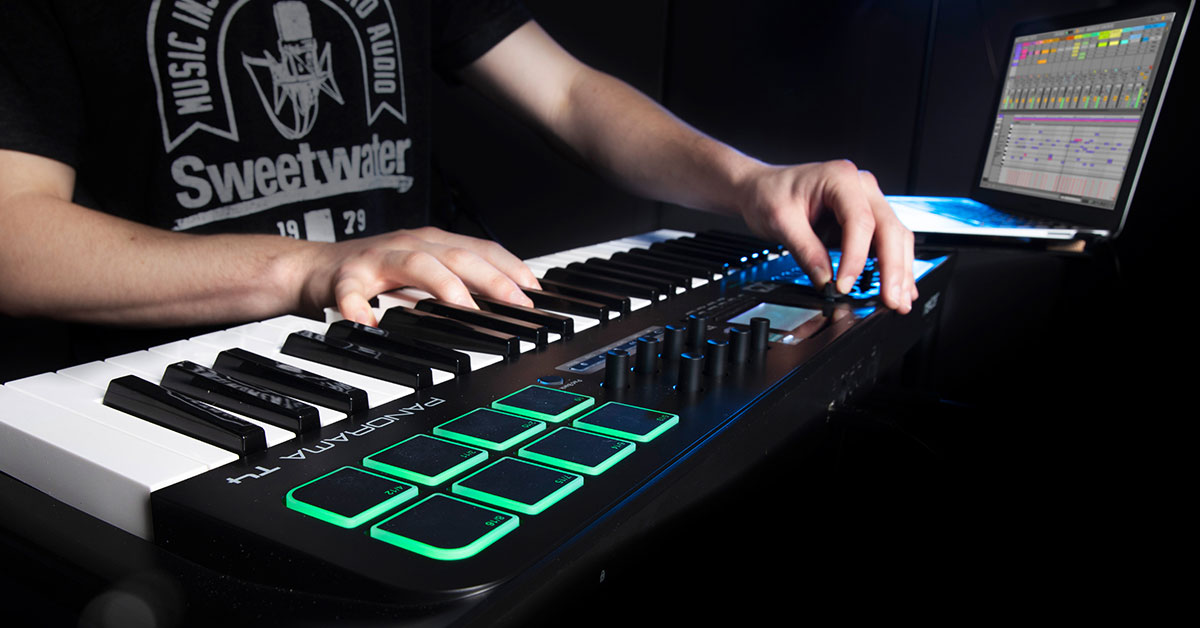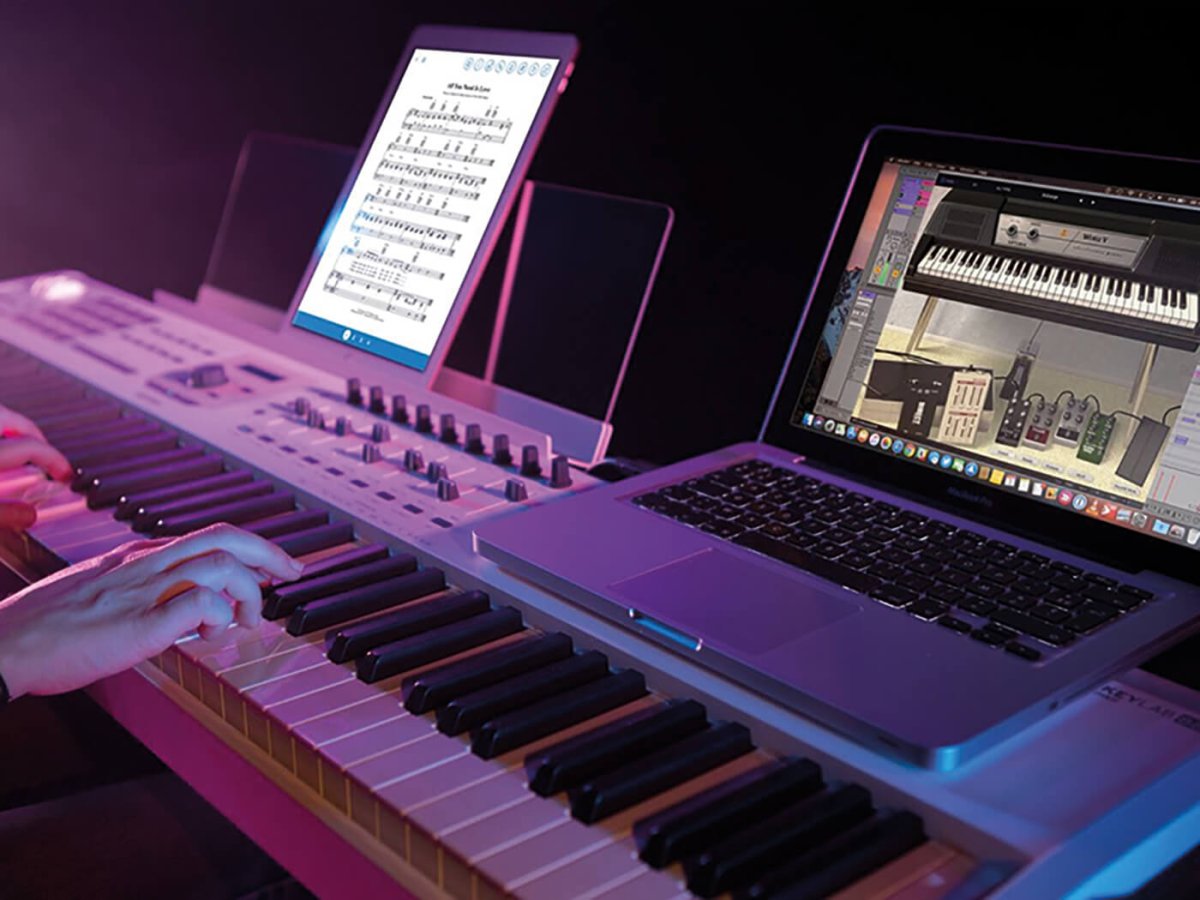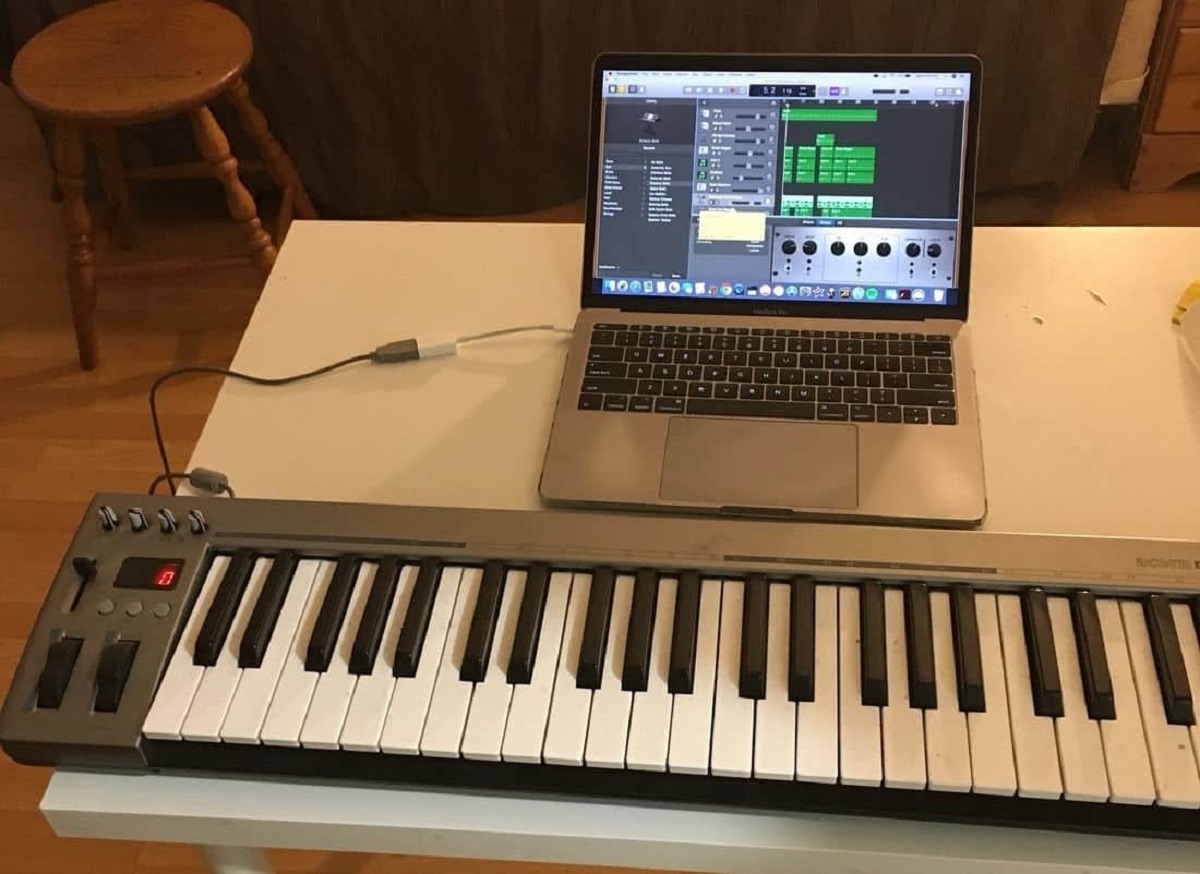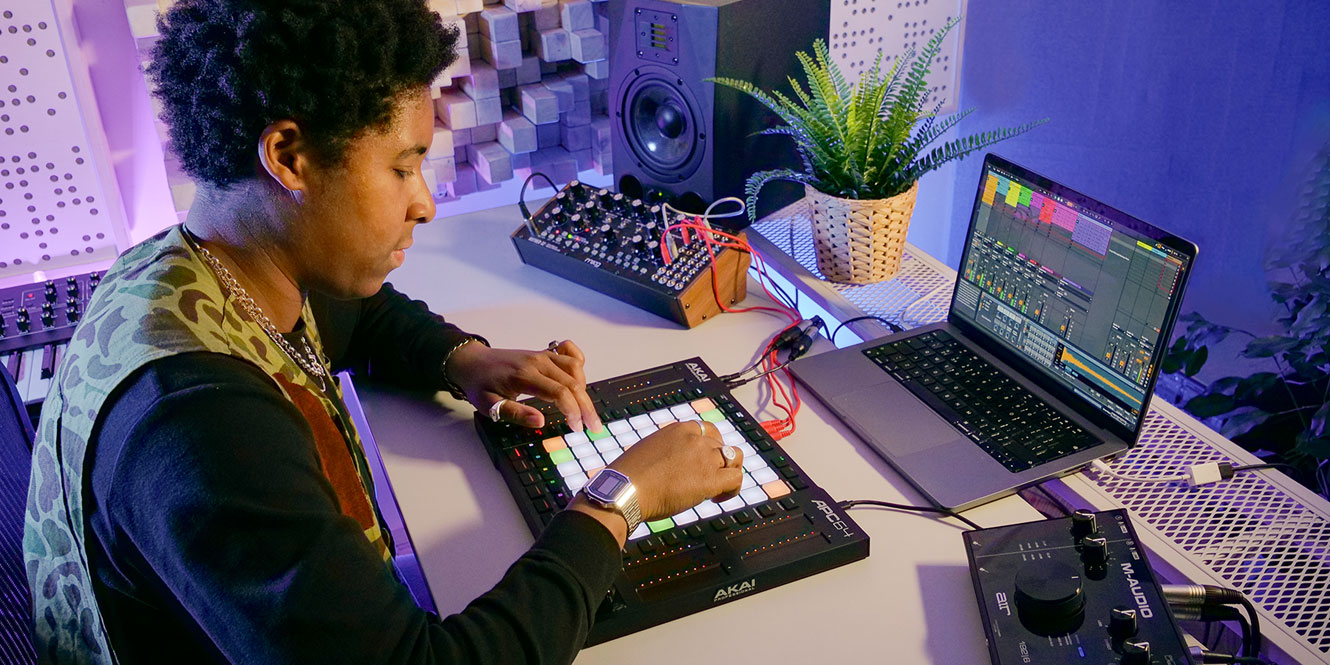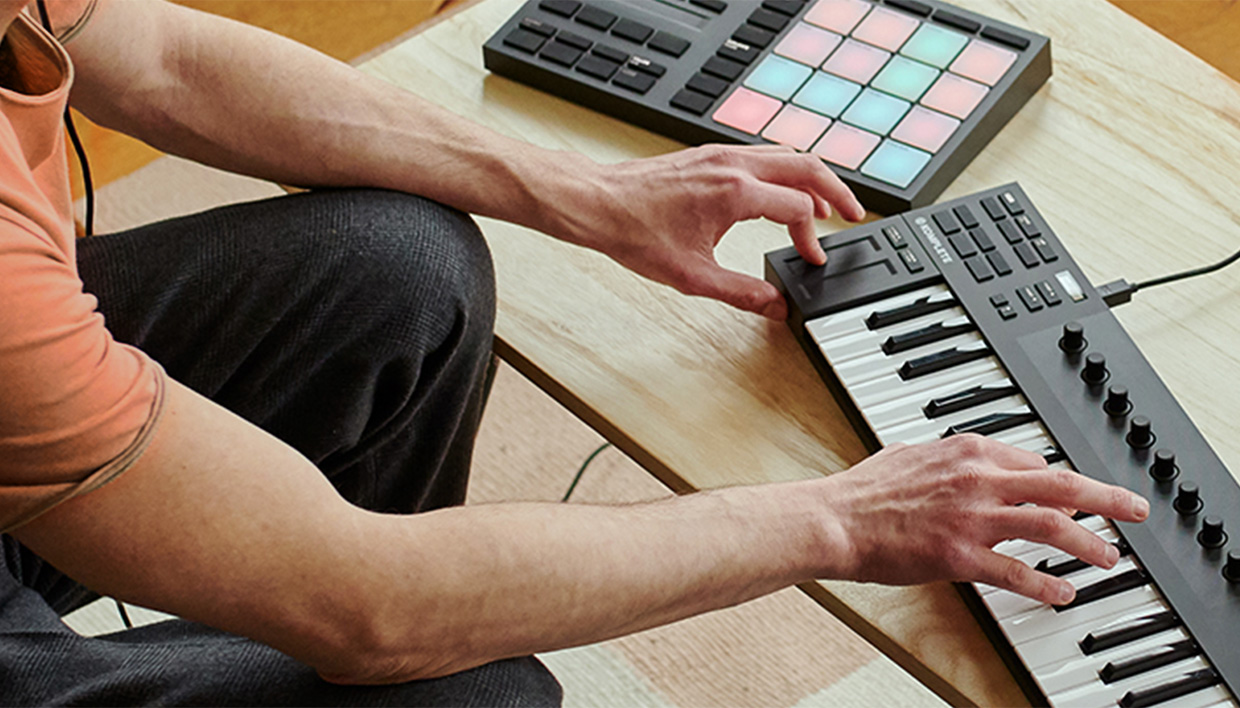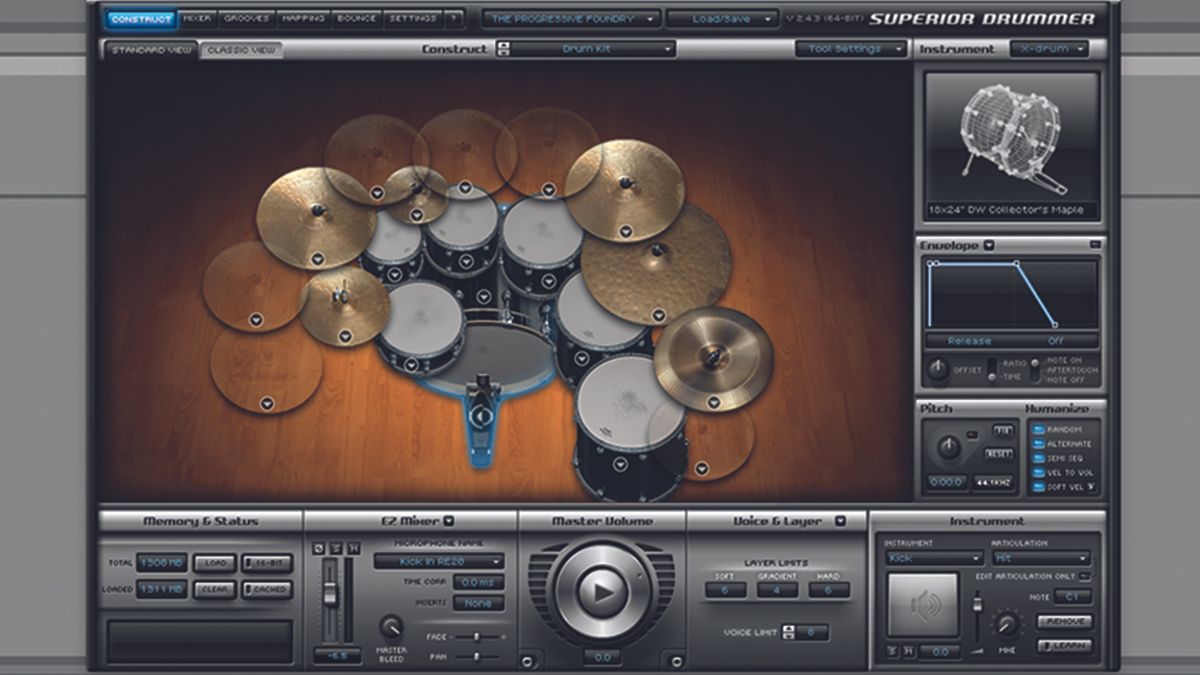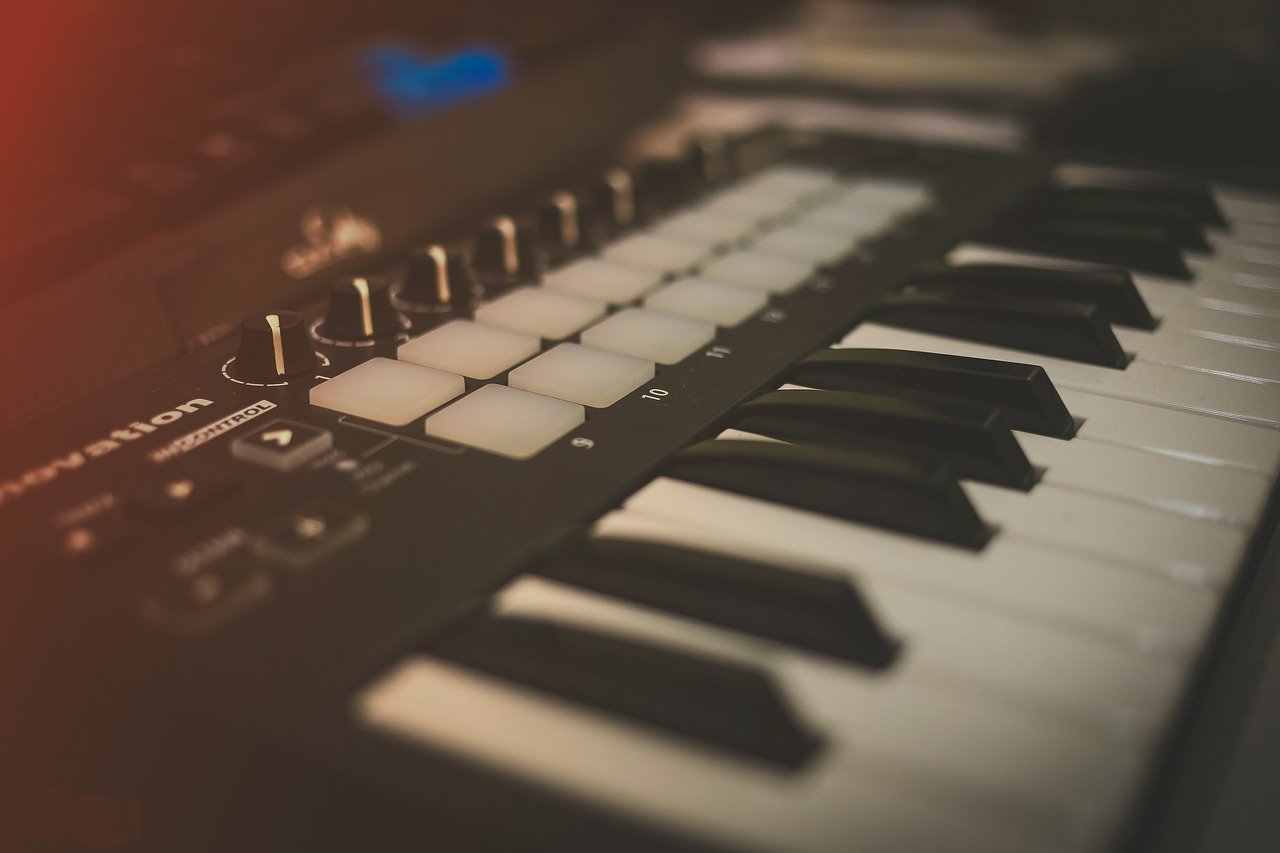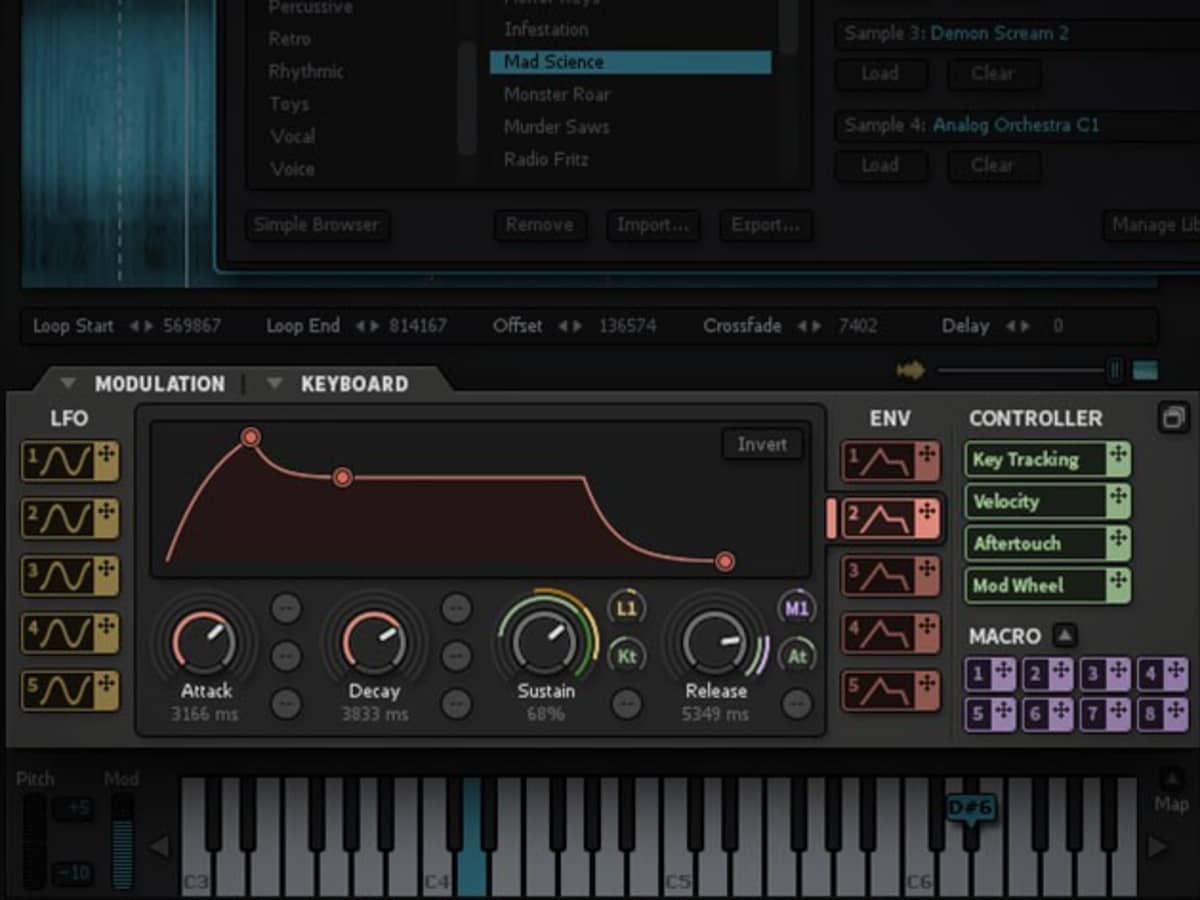Introduction
Introduction
If you're an aspiring musician, a seasoned producer, or simply someone who loves creating music, a MIDI keyboard is an essential tool for your setup. MIDI keyboards, also known as MIDI controllers, are versatile instruments that allow you to control virtual instruments, software synthesizers, and digital audio workstations (DAWs) with ease. Whether you're a pianist looking to harness the power of digital music production or a producer seeking an intuitive way to craft melodies and harmonies, choosing the right MIDI keyboard is crucial to your creative process.
In this guide, we'll explore the key considerations to keep in mind when selecting a MIDI keyboard, the different types available, the essential features to look for, and some popular models that have garnered acclaim in the music production community. By the end of this article, you'll have a comprehensive understanding of what to look for in a MIDI keyboard and be well-equipped to make an informed decision based on your specific needs and preferences.
Let's dive into the world of MIDI keyboards and unravel the possibilities they offer for unleashing your musical creativity.
Choosing the right MIDI keyboard is crucial to your creative process. Let’s explore the key considerations, types, features, and popular models to help you make an informed decision based on your specific needs and preferences.
Key Considerations
When selecting a MIDI keyboard, several important factors should guide your decision. These considerations will help you narrow down your options and find the perfect MIDI keyboard to suit your musical needs. Here are the key factors to keep in mind:
-
Intended Use: Determine how you plan to use the MIDI keyboard. Are you primarily a pianist looking for a digital alternative to a traditional piano? Or are you a producer aiming to create electronic music and control various virtual instruments? Understanding your primary use case will influence the size, key count, and features you require.
-
Key Count: The number of keys on a MIDI keyboard is a crucial consideration. Full-size keyboards typically have 88 keys, mirroring the standard piano layout. However, if space is a concern or if you prioritize portability, smaller options with 25, 49, or 61 keys are available. Consider your playing style and the space available in your studio or performance area when choosing the key count.
-
Key Action and Touch Sensitivity: The key action refers to the feel and response of the keys. Weighted keys simulate the resistance of an acoustic piano, while semi-weighted and synth-action keys offer a lighter touch suitable for electronic music production. Additionally, touch sensitivity allows for dynamic control over the sound, making it an essential feature for expressive playing.
-
Portability: If you plan to take your MIDI keyboard on the go or have limited space, portability is a crucial consideration. Compact and lightweight options are ideal for musicians who require mobility, while larger keyboards with integrated stands are suitable for stationary studio setups.
-
Integration with DAWs and Software: Ensure that the MIDI keyboard is compatible with your preferred digital audio workstation (DAW) and music production software. Seamless integration can streamline your workflow and enhance your creative process.
-
Additional Controls and Features: Consider whether you require additional controls such as pads, knobs, faders, and transport buttons. These features can provide tactile control over parameters, triggering of samples, and manipulation of effects, adding versatility to your music production setup.
By carefully considering these factors, you can narrow down your options and select a MIDI keyboard that aligns with your musical goals and preferences. Whether you prioritize portability, expressive key action, or seamless integration with your production software, understanding these key considerations is essential for making an informed decision.
Types of MIDI Keyboards
When exploring MIDI keyboards, it’s essential to understand the different types available, each tailored to specific musical needs and playing styles. Here are the primary types of MIDI keyboards:
-
Full-Size MIDI Keyboards: These keyboards mirror the traditional 88-key layout of acoustic pianos, providing a familiar playing experience for pianists and keyboardists. Full-size MIDI keyboards are ideal for those who require the complete range of piano keys for classical performance, composition, and advanced music theory.
-
Compact MIDI Keyboards: Designed for portability and space efficiency, compact MIDI keyboards feature fewer keys, typically ranging from 25 to 61 keys. These keyboards are popular among producers, electronic musicians, and performers who prioritize mobility and require a lightweight, space-saving solution for music creation on the go.
-
Mini MIDI Keyboards: Mini MIDI keyboards are the most portable option, often featuring 25 keys or fewer. These compact controllers are highly portable and suitable for creating music while traveling, in compact home studios, or in collaborative settings where space is limited.
-
Keyboard Workstations: Keyboard workstations integrate MIDI functionality with comprehensive sound libraries, built-in effects, and advanced performance features. These all-in-one instruments cater to musicians and producers who seek a versatile platform for composition, recording, and live performance, offering a wide range of sounds and extensive control options.
-
Controller Keyboards: These MIDI keyboards prioritize control and customization, featuring a minimalistic design with a focus on assignable knobs, pads, and faders. Controller keyboards are popular among producers and performers who require tactile control over software instruments, effects, and mixing parameters, offering a flexible and personalized music production experience.
Understanding the distinct characteristics of each type of MIDI keyboard enables you to align your choice with your specific musical requirements and playing preferences. Whether you seek the familiarity of a full-size keyboard, the portability of a compact controller, or the comprehensive features of a keyboard workstation, the diverse range of MIDI keyboards ensures that there’s an ideal option for every musician and producer.
Key Features to Look For
When evaluating MIDI keyboards, certain key features play a pivotal role in enhancing the overall musical experience and productivity. Understanding these features will empower you to make an informed decision based on your specific requirements. Here are the essential features to look for in a MIDI keyboard:
-
Key Action and Touch Sensitivity: The key action directly influences the playing experience, with options ranging from weighted keys that replicate the feel of acoustic pianos to synth-action keys designed for electronic music production. Additionally, touch sensitivity enables dynamic control over expression, making it crucial for nuanced and emotive performances.
-
Aftertouch: Aftertouch functionality allows for further expression after a key has been struck, enabling modulation, vibrato, and other dynamic effects through varying pressure on the keys. This feature enhances the versatility and expressiveness of the MIDI keyboard.
-
Assignable Controls: MIDI keyboards equipped with assignable knobs, faders, and pads provide tactile control over parameters, allowing for real-time manipulation of virtual instruments, effects, and mixing settings. These controls enhance creativity and workflow efficiency, offering a hands-on approach to music production.
-
Integration with DAWs and Software: Seamless integration with digital audio workstations (DAWs) and music production software is essential for streamlined workflow and efficient music creation. Compatibility with popular software ensures a cohesive and intuitive connection between the MIDI keyboard and your preferred production environment.
-
Portability and Connectivity: Consider the MIDI keyboard’s portability, connectivity options, and power source. USB-powered keyboards offer convenience, while additional connectivity such as MIDI ports and pedal inputs expand the keyboard’s versatility and compatibility with external devices.
-
Built-in Sound Libraries and Effects: Some MIDI keyboards feature integrated sound libraries, offering a diverse range of high-quality instrument sounds and effects. This feature is particularly valuable for standalone music creation and live performance, providing immediate access to inspiring sounds without the need for external software or hardware.
By prioritizing these key features, you can narrow down your options and select a MIDI keyboard that aligns with your musical preferences and production requirements. Whether you seek expressive key action, versatile assignable controls, or seamless integration with your production setup, understanding these features is essential for making an informed and satisfying purchase.
Popular MIDI Keyboards
Several MIDI keyboards have garnered acclaim for their exceptional features, performance, and versatility within the music production community. These popular models cater to a diverse range of musicians, from pianists and composers to electronic music producers and live performers. Here are some renowned MIDI keyboards that have earned widespread recognition:
-
Akai Professional MPK Mini MKII: This compact MIDI keyboard combines portability with an array of creative controls, including 25 synth-action keys, eight backlit MPC-style pads, and eight assignable knobs. The MPK Mini MKII’s integration with production software and comprehensive feature set has made it a go-to choice for producers and performers seeking a portable and versatile solution.
-
Native Instruments Komplete Kontrol S-Series: Renowned for its intuitive integration with Native Instruments’ software instruments and effects, the Komplete Kontrol S-Series offers semi-weighted Fatar keybeds, ergonomic pitch and mod wheels, and advanced control over virtual instruments. Its seamless navigation of Komplete Kontrol software and extensive parameter mapping make it a compelling choice for composers and electronic musicians.
-
Arturia KeyLab Essential: With its dynamic touch-sensitive keybed, comprehensive DAW integration, and extensive software bundle, the KeyLab Essential has gained popularity among musicians seeking a versatile and expressive MIDI keyboard. Its integration with Analog Lab software, responsive pads, and user-friendly design make it an appealing option for both studio and stage use.
-
Novation Launchkey: Designed for seamless integration with Ableton Live, the Novation Launchkey series features velocity-sensitive keys, RGB backlit pads, and a range of assignable controls for intuitive music creation and performance. Its deep integration with Ableton Live’s workflow and performance features has made it a favorite among electronic music producers and live performers.
-
Roland A-88 MKII: Offering a premium piano-like playing experience with its PHA-4 keyboard, the Roland A-88 MKII caters to pianists and keyboardists seeking a high-quality MIDI controller. Its robust build, advanced key action, and extensive control options make it an ideal choice for musicians who prioritize authentic piano feel and professional performance.
These popular MIDI keyboards showcase the diversity of options available, each tailored to specific musical styles, performance needs, and production workflows. Whether you prioritize portability, seamless software integration, expressive key action, or comprehensive control options, these acclaimed models offer a compelling selection to enhance your music production experience.
Conclusion
Choosing the right MIDI keyboard is a pivotal decision for musicians and producers, as it directly impacts the creative process and the quality of musical output. By considering key factors such as intended use, key count, key action, portability, integration with DAWs, and additional controls, you can narrow down your options and find a MIDI keyboard that aligns with your specific needs and preferences.
Understanding the diverse types of MIDI keyboards, including full-size, compact, mini, keyboard workstations, and controller keyboards, enables you to select a model that complements your playing style and musical objectives. Whether you prioritize the familiarity of a full-size keyboard, the portability of a compact controller, or the comprehensive features of a keyboard workstation, the range of options ensures that there’s an ideal MIDI keyboard for every musician and producer.
Key features such as key action and touch sensitivity, aftertouch, assignable controls, integration with DAWs, portability, and built-in sound libraries play a crucial role in enhancing the overall musical experience and productivity. By prioritizing these features, you can make an informed decision and invest in a MIDI keyboard that empowers your creativity and workflow efficiency.
Furthermore, exploring popular MIDI keyboards such as the Akai Professional MPK Mini MKII, Native Instruments Komplete Kontrol S-Series, Arturia KeyLab Essential, Novation Launchkey, and Roland A-88 MKII showcases the diverse range of acclaimed models available, each catering to specific musical styles, performance needs, and production workflows. These popular MIDI keyboards exemplify the innovation, versatility, and performance excellence that define the modern music production landscape.
As you embark on your journey to select the perfect MIDI keyboard, consider your unique musical aspirations, performance requirements, and production preferences. By leveraging the insights and recommendations provided in this guide, you can confidently choose a MIDI keyboard that elevates your music production endeavors and fuels your creative expression.







